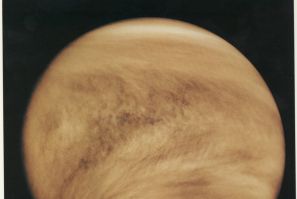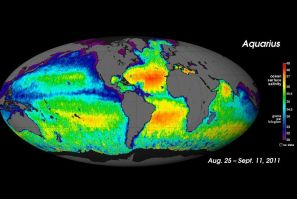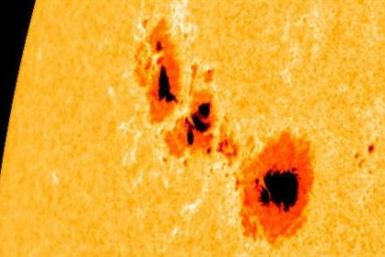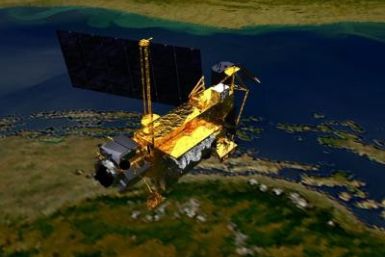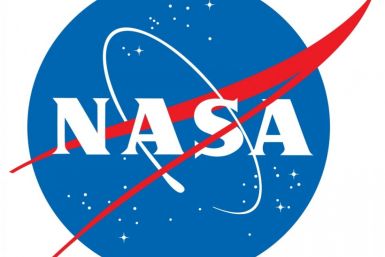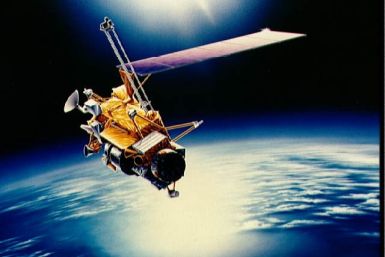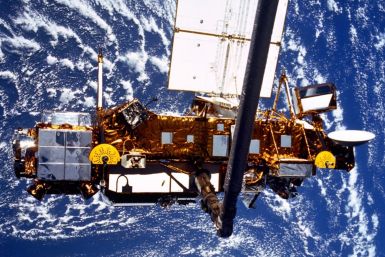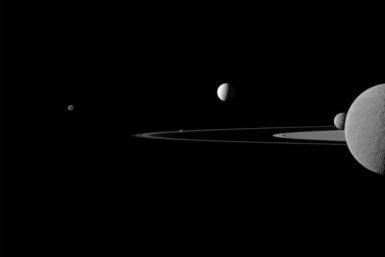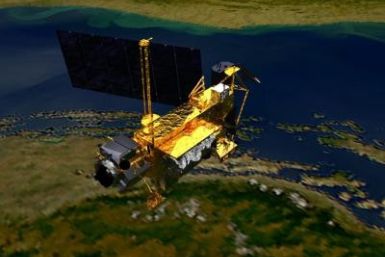Particles that were blasted by the sun during a powerful solar flare on Saturday have reached Earth, which will illuminate the Northern Lights in some regions and may also interrupt radio and GPS signals.
A massive solar flare that erupted on the Sun over the weekend have crossed the solar system and hit the Earth's magnetic field at approximately 8:15 a.m. EDT (12:15 UT) on Sept. 26, according to NASA.
A dead NASA Upper Atmosphere Research satellite fell on Earth on Saturday,k but it is not known where the crashed remains are.
It flew for long 20 years and nine days, and when it made its homecoming, nobody knows its whereabouts. Almost six years after ceasing operation, the decommissioned NASA satellite finally landed somewhere on Earth, but even NASA doesn't know the exact landing location and may never know.
NASA said 26 components of its Upper Atmosphere Research Satellite (UARS), weighing a total of 1,200 pounds, could have survived the fiery fall and landed on the surface of the Earth. The space agency said the UARS fell back to Earth between 11:23 p.m. EDT on Friday and 1:09 a.m. Saturday.
Finally, NASA's falling angel, the 6 ton bus-sized Upper Atmosphere Research Satellite (UARS) plunged back to Earth on Saturday morning, said NASA. The defunct satellite is the biggest piece of space debris to fall from the sky since the Sky Lab in 1979.
NASA said UARS satellite debris that came crashing to Earth today appears to have dropped into the Pacific Ocean away from the western coast of the U.S. though the agency doesn't know exactly where it landed and may never know.
Neil Armstrong, the first man to walk on the moon and commander of Apollo 11, said the United States risks squandering 5 decades of space research, work, and accomplishments, if the nation does not find ways to restore hope and confidence in NASA, as part of a unified sense of purpose on space exploration.
A 6-ton defunct NASA satellite has fallen back to Earth Saturday, but officials are not sure of the exact location of the debris that rained into the Pacific Ocean.
The NASA satellite falling from space has landed in Canada, near Calgary, but nobody was hurt, according to reports.We can now confirm that #UARS is down! reported the official NASA Twitter account. Debris fell to Earth between 11:23 p.m. EDT Friday, Sept. 23, and 1:09 a.m. EDT Sept. 24.
A six-ton NASA science satellite pierced the atmosphere over the Pacific Ocean and fell back to Earth, the U.S. space agency said on Saturday, but it was not yet known where the remains landed.
Those around the world afraid that NASA's falling UARS satellite might come crashing down upon them can rest easy. NASA said the satellite initially penetrated the Earth's atmosphere over the Pacific Ocean and most of it is believed to have burned up. NASA has not confirmed where it landed, but the agency said re-entry occurred during a two-hour period.
As time ticks away toward the plunge of UARS satellite, its falling trajectory still remains unknown. According to NASA, its dead, bus-sized satellite will fall back to earth in the afternoon or early evening of Sept. 23(EDT).
NASA breaking down its suspense on Friday said that it's possible that the huge six and a half ton Upper Atmosphere Research Satellite (UARS) which is expected to fall on Earth is down by now.
NASA has released a spectacular new image that shows all five moons of Saturn suspended around the rings of the planet.
NASA's huge six and a half ton Upper Atmosphere Research Satellite(UARS) continues to plummet towards the Earth and is expected to fall to the Earth sometime late Friday night or early Saturday morning. The 20-year-old satellite was expected to fall to Earth sometime on Friday afternoon.
NASA officials and research teams spent the past few weeks playing a guessing game on where and when debris from the Upper Atmosphere Research Satellite will land.
The latest estimates Friday morning delayed the satellite's time of re-entry and increased the possibility that Carter may encounter debris. On Thursday, NASA officials said that there was no chance that the debris would land in North America.
A defunct NASA satellite is expected to plunge back to earth on Friday, raising concerns that blazing hot debris may shower down on the unsuspecting terrestrial population.
For the first time, a map of the salinity of the ocean surface, which is a key component of the earth's surface, has been produced by NASA's new Aquarius instrument. This has provided an early glimpse of the mission's anticipated discoveries.
Finally NASA’s dead satellite will hit earth today. Now it is just a matter of few hours when a few parts of the world will witness a spectacular sky show.
Top ten most surprising things said by President of Iran, Mahmoud Ahmadinehad, during his speech to the UN on Sept. 22, 2011.
A defunct satellite originally meant to analyze the Earth’s ozone layer is expected to reenter the Earth’s atmosphere and crash land Friday, according to reports from NASA released Thursday.



